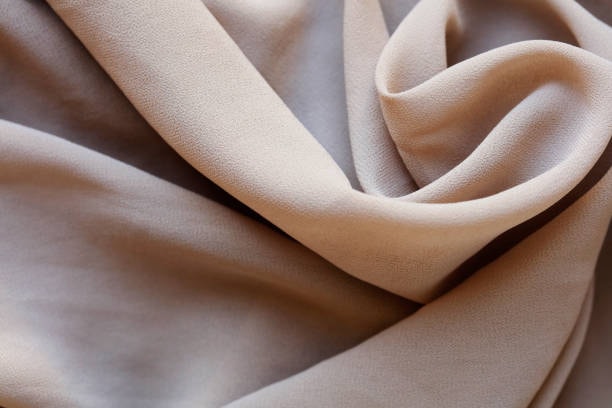
Chiffon is a thin material that provides a shimmery and sheer appearance and often lacy look to the clothing articles that are made from it. Chiffon a sheer fabric with a soft, silky texture that has found its way into most forms of fashion and design, garments of which are seen at fashion shows to general public dresses. This lens suit different occasions that may be formal or casual hence making it convenient to use at different event types. Nevertheless, chiffon fabric is quite popular among women but needs careful handling as far as cutting, washing and handling are concerned. In this guide, you will discover all that there is to know about chiffon wear – from how to wear it to how to wash it, so that this fabric can remain a wardrobe staple for as long as possible.
What is Chiffon Fabric?

Chiffon is a sheer fabric that is produced either from natural fiber or synthetic fiber.” This fabric type has been originated from the French word that means “cloth” or “rag” thus justifying for its delicate texture. Chiffon is generally derived from Silk but can also be produced from polyester, nylon or rayon material. In terms of texture the fabric is seemed to be very transparent soft and nice which make the fabric flattering when draped on the body.
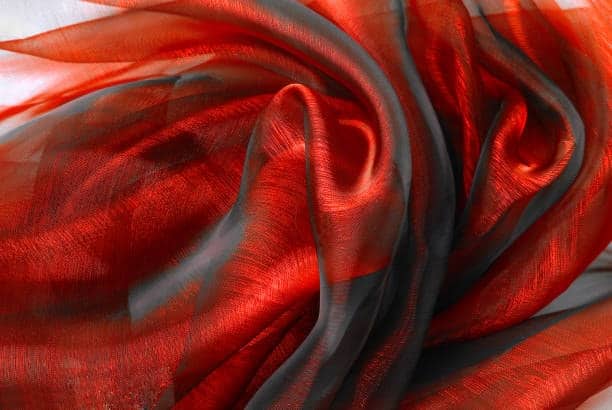
It is produced from polyester and nylon yarns and its construction gives it an appearance slippery texture that is quite distinct from other materials – chiffon has a kind of wrinkled texture. The process of twisting and weaving the fibers so they are flexible and light and have a bit more buoyant feel. It is also prized for its volume which makes it normally used as a layer over other fabrics to give the full outlook. While chiffon fabric is more associated with the formal occasion, it is also used for blouse, scarfs, and even bridal gowns.
The History of Chiffon
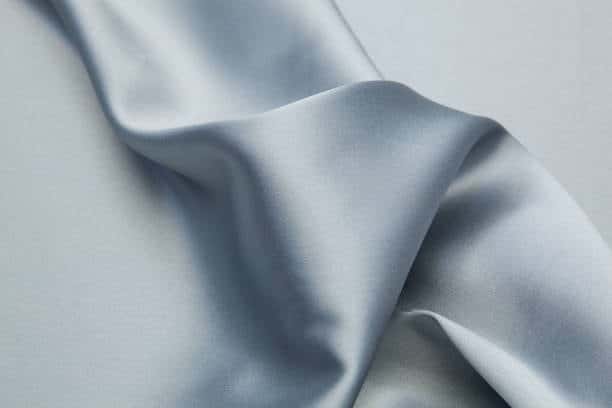
Chiffon has been in use since the 18th century. At first it was made of silk and synthetic materials and since this fabric was exotic, it possessed high smoothness and sheen. Chiffon in the 1800s was used mainly for dress and accessories and became immediately associated with the elegance. For more special uses the garment became questionable; however, it used the fabric as other type of garments started getting developed and by early twentieth century the fabric was in high fashion.
The chiffon fabric came into focus perhaps in the earlier years of the earlier half of the twentieth century, in the923s to be precise. These early innovators include Coco Chanel, who established herself by dressing the female sex in white chiffon dresses; Jean Patou who brought chiffon fashionable dresses in pioneering. These dresses and some shorter ones with elaborate beading and embroidery, were intended to provide a freedom of movement and the essence of the Roaring Twenties.
Types of Chiffon Fabrics
It must be remembered that chiffon is usually derived from silk but there are many varieties of chiffon fabrics that are made from other materials. Henceforth, each type possess distinguishing characteristics that fit specific applications. The main types of chiffon include:
1. Silk Chiffon fabric
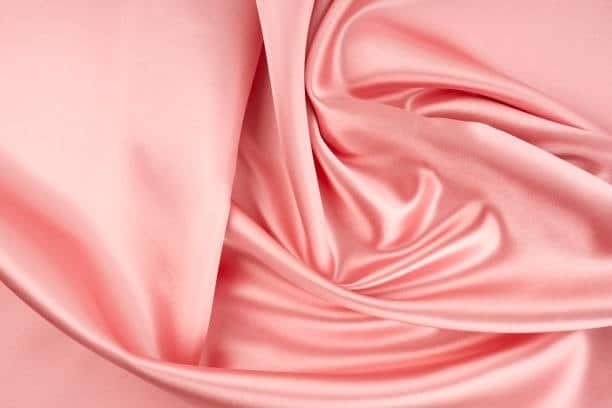
There are five subcategories of chiffon: raw silk chiffon, stitched silk chiffon, smooth silk chiffon, silk blend chiffon, and silk chiffon/organza blend and the aspect revealed that silk chiffon is the most expensive and classy type of chiffon fabric. Is very lustrous and has fine and silky feel to touch. This fabric is lightweight and airflow enables it to drape well making it ideal for gowns, evening wear, gowns and bridal gowns. Silk chiffon is tender, it is a kind of silk that can easily wear out and subject to tearing easily, but it is classy and conservative.
2. Polyester Chiffon
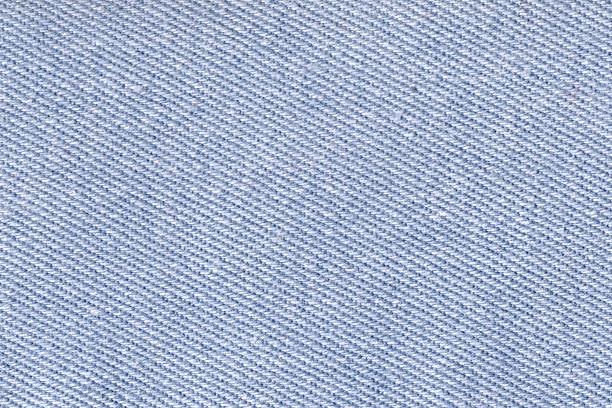
Polyester chiffon is cheaper than silk chiffon The type of chiffon that is most frequently used in weddings is not hundred percent silk but comprises of polyester. This fabric is made from synthetic fibers; thus, it is relatively hard wearing and crease resistant. It is not as shiny as silk but polyester chiffon still possess a good amount of lightness and sheer ness and for that it is still used to make wedding dresses, blouses and scarves. This is also more cared for than the silk chiffon.
3. Nylon Chiffon
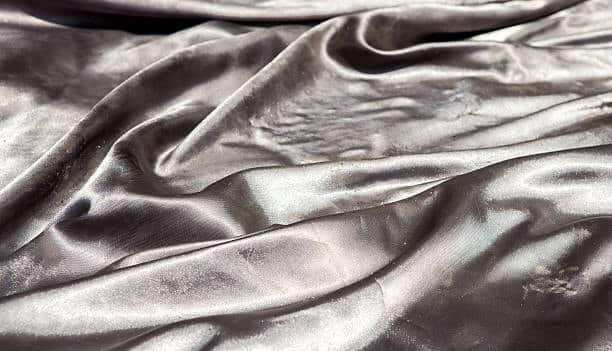
Poly nylon chiffon is close in nature to polyester chiffon but is slightly finer in texture. Some of the best fabrics for this kind of construction are wrinkle-resistant and durable, lightweight and easy to carry, suitable for various clothes. Nylon chiffon like polyester chiffon it is less luxurious than silk though it has a natural shine due to its fabric.
4. Rayon Chiffon
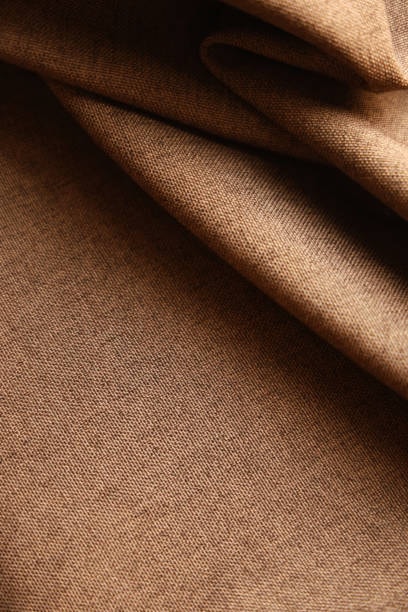
Rayon chiffon is the other synthetic fabric which is manufactured out of regenerated cellulose material. It is smooth with fine surface and almost glossy, which makes it ideal replace silk chiffon. It is therefore popular fabric preferred in hot climates due to its breathability of the rayon chiffon fabric. However it can be wrinkle prone often needing careful washing.
How to Style Chiffon
Chiffon is a type of clothing fabric it can be worn in different styles. On special events or simply on days when you want to look chic and nothing more, chiffon comes in handy. Here are some tips for styling chiffon:
1. For Formal Occasions
Chiffon is most often linked with formal attire, and for a good reason for this. The fabric properties are as follows: it is light, smooth and desirable for producing evening gowns, cocktail dresses and wedding gowns. Selecting chiffon for the formal event, go for the dresses containing chiffon accents, layers or skirts. Best worn with fine or costume jewelry, a lovely clutch handbag, and high heeled shoes and this is done to achieve elegance.
2. For Casual Wear
Chiffon textiles can also be used in casual wear style. Chiffon blouse can be worn with jeans, or a chiffon scarf can be comfortably worn around the neck to give a touch of elegance to comfort wears. So, to prevent the outfit from looking too casual it is better to wear chiffon only with more formal fabrics as denim or cotton. Chiffon skirts can also look very good worn during casual occasions such as a shopping or café visit during the day, in combination with a t-shirt or tankini top.
3. Layering with Chiffon fabric
Chiffon can be used in layers and is really beautiful when worn that way. Besides tops, chiffon jackets, cardigans and shawls can enliven any outfit when worn over a basic T-shirt or vest. To give an ethnic yet relaxed feel, mix a chiffon tunic and leggings/skinny jeans would perfectly do the trick semi transparent. It is also used frequently in scarves and shawls, which gives your outfit a touch of texture and light catching movement.
4. Accessorizing with Chiffon
With these type of apparels and especially our considered Chiffon accessories, ladies can make a style statement and sheer appearance on any occasion. Chiffon scarves, headbands, and shawls are easy to wear and light fabrics that can be worn for any weather. They can be then put over the dress or other formal wear or they can be combined with casual clothing for a much more interesting look. Other good examples of hair accessories are the chiffon flowers like flower crown or simple bows.
How to Care for Chiffon fabric

That is a fancy fabric which might seem weak, but with proper care, people might never have to throw it away for years. To ensure your chiffon garments remain in excellent condition, follow these guidelines:
1. Washing Chiffon fabric
Despite being made from various fabrics, including silk, polyester or any other fabric, chiffon should be washed gently. Silk chiffon should be washed by hand because it is a delicate fabric that should not be washed with machine. For bathing of the garments, cold water and a very mild non colorierzne detergent should be used tissue paper. For instance, for polyester or nylon chiffon they may be washed in a delicate cycle if at all permitted by the label.
2. Drying Chiffon fabric
Chiffon should never be wrung out or twisted as this might course harm to the fibers dinting the fabric. Rather, roll in a towel and knead to remove the fabric softener and lay the garment flat to dry. When using silk chiffon material do not hang to dry because this stretches it. Regarding washing, polyester chiffon can often be allowed to dry hanging but just like when ironing, bear in mind issues to do with stretching or distortion.
3. Ironing and Steaming
Chiffon fabric is easily wrinkled but trying to iron it can be a bit complicated. Chiffon can be ironed by initially setting the iron to low heat and ensure you are ironing it with a sheer cloth placed in between. A steamer is ideal for chiffon because you don’t iron the fabric directly in this process most of the wrinkles are smoothed out. Be sure to try it on the small part before ironing or steaming the whole clothing piece.
4. Storing Chiffon fabric
Chiffon clothes should be stored a cool dry area out of direct sunlight or the sun. Chiffon should be packed in a garment bag or a breathable cotton bag since the cloth protects the garment from dust as well as other hazards sewing process. Do not over fill your closet so as not to stretch the fabric or cause the clothes to have an awkward fit.
Conclusion
Chiffon is a fabric that gives elegance and versatility endeavor in the fashion world. From ancients till present days chiffon remains one of the most searched for materials among fashion lovers. If used in a formal occasion or blended into casual apparel, chiffon gives that extra allure of elegance into the clothes drapes beautifully. If taken good care of, and styled well, chiffon can be a timeless piece for any wardrobe as it has shown in the creation of many potential styles for wearing.
The sheer nature of chiffon gives it the capability of making garment both beautiful and practical to wear for many events. When deciding between choosing between silk chiffon with its awesome touch sensation or polyester chiffon with its greater power to withstand wear, it is important to learn some important aspects of this material such as how to hand wash it, how to iron it and other such issues to preserve its beauty. However, if you adhere to the given care tips, chiffon can remain your Clothing Damask for a long time.
When starting to incorporate chiffon pieces into your wardrobe do not consider this material as a trend because it is so much more than that; synthetic chiffon is truly an extraordinary material with the capability to make any garment look beautiful as well as providing comfort. In any case whether it is a special occasion or you are just going out for some casual outing, chiffon will never let your look or feel bad.
